One major aspect of hydraulic/servo-based test systems that is routinely overlooked is the test fluid’s status. Many of us know to monitor temperature, pressures, and flows, but don’t consider the test fluid itself, perhaps one of the most important aspects related to the test data. Many of our customers routinely struggle with stand-to-stand validation, which in many instances is the fault of the test fluid and not the test components or process. Fluid contamination, water concentrations, temperature, and viscosity all effect the overall system response and testing results. By managing of these variables, we can get consistent test results and even longer life from our testing equipment.
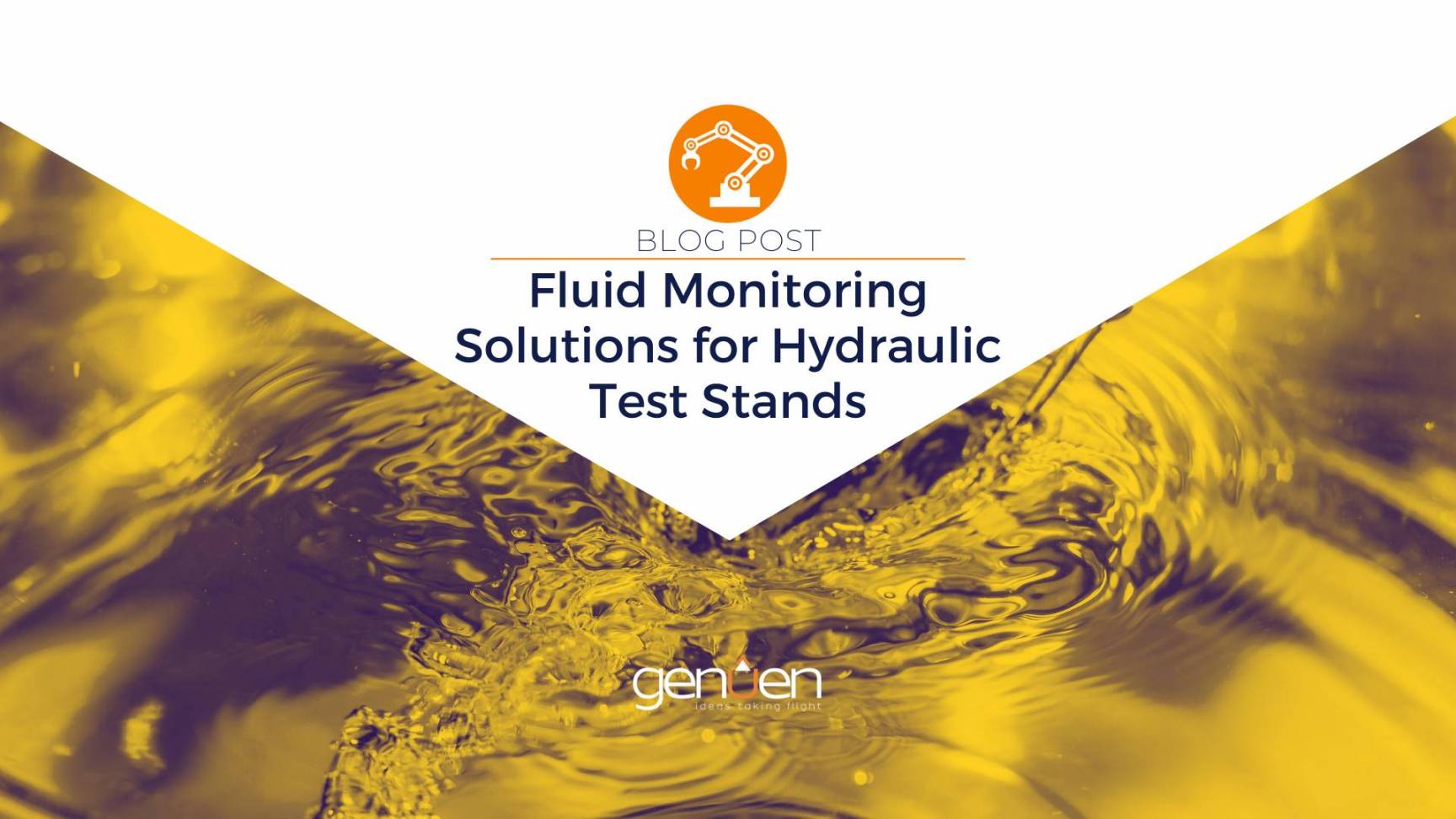
Fluid Contamination
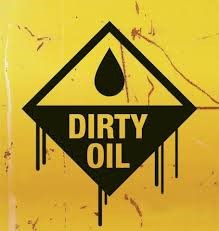
Fluid contamination is one of the largest culprits associated with poor system response and stand-to-stand validation issues. The use of dirty oil, inadequate monitoring, or assuming that the fluid is being cleaned by the system filtration may be the root cause of your problems.
Is clean really clean? Many of our maintenance teams don’t realize that “new oil” is really “new dirty oil.” Most new fluids, unless ordered to a specific contamination level, are only filtered to an approximate 35-micron level. Without the proper pre-filtration, adding new system fluid is simply contaminating your existing fluid.
Should I monitor? The only way to maintain and document your fluid’s status is to fully monitor the contamination levels. This can be accomplished through offline testing or on-bench in-line testing. The addition of a relatively inexpensive in-line monitoring system can keep you advised of current fluid status, fluid trending status, and even tag each tested part with the current fluid test contamination levels through the data acquisitions system.
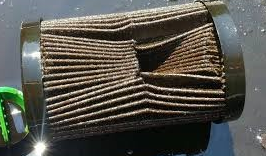
I filter – so why monitor? The filtration system is perhaps the most important aspect of system maintenance. Unfortunately, many test stands incorporate bypass elements, experience poor preventative maintenance, or haveelements that are missing or have failed. Relying on “Dirty Filter” pop-up or electrical interlocks don’t always indicate the status of the element(s). Monitoring system contamination can catch possible fluid problems and alert your technicians before they affect the outcome of your testing.
Water Concentrations
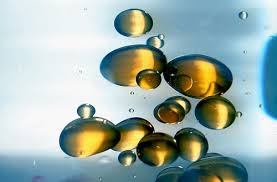
One of the leading issues that result in changes to fluid viscosities and component failure is water contamination. Some fluids, such as brake fluid and some of the newer synthetic fluids, actually have a tendency to absorb water from the humidity in the test environment. The addition of an inline water monitoring sensors and water removal filters/filter systems can stabilize your test fluid and eliminate those “varying viscosity ghosts.”
Fluid Temperature and Viscosities
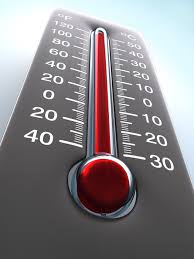
Many of the validation problems we experience are a result of varying fluid viscosities. Varying fluid temperatures, which directly affect fluid viscosity, may result in higher or lower test flows, pressure drops, and can also result in inaccurate test result stand-to-stand, part-to-part, or even entire testing runs throughout the day or seasons. Maintaining and controlling system temperatures can result in a constant fluid viscosity and eliminate the inaccuracies experienced within your test part.
Fluid Management
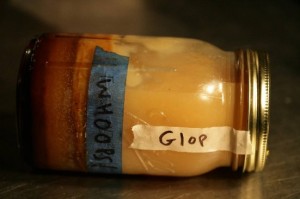
With the high cost of test fluids in today’s market, it only makes sense to take advantage of the newest technology to reduce downtime, eliminate the unnecessary replacement of reusable fluid, and add longevity to your test system components. Through the addition of fluid analysis/monitoring sensors, your system’s fluid can be maintained and eliminate those testing “ghosts” caused by varying fluid conditions. Also, with the addition of fluid statistics to your test reports, and by monitoring system fluid trends, you can reduce the worry over failed tests and also provide your customers with the assurance that all of your tests are held to the highest level of repeatability.
For more information on hydraulic servo based test systems and the addition of filtration, cooling, fluid sampling, please contact us for a system audit and recommendations today.


